Most of us genuinely want to eat healthy, but it’s tough when convenient healthy foods are so few and far between. Fresh food can make a good snack if it’s taken care of, but there’s always the risk of spoilage, and waste, if you don’t get around to eating it in time – it’s understandable why most of us turn something with a little more shelf life, that we don’t have to worry about refrigerating.
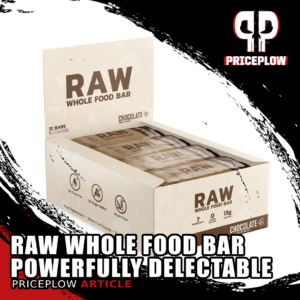
It feels wrong to enjoy a whole food bar this much — but don’t worry: it’s not (wrong). Only seven ingredients inside!
There’s a big market for “healthy” alternatives, but discerning consumers are liable to be disappointed upon surveying the options.
One snack bar might have a low sugar content, but be packed with anti-metabolic seed oils that have way too much omega-6 polyunsaturated fat. Another bar might have plenty of fiber, but not nearly enough protein.
The perfect snack bar is tough to find – and even harder to create.
But RAW Nutrition’s Whole Food Protein Bar is as close to perfect as we’ve ever seen.
After CBum’s Thavage Pre-Workout RTD, it was only a matter of time until Raw Nutrition got into functional foods on top of the ready-to-drink beverage. And this one’s a doozy.
We’re really excited to talk about this formula with you. But first, let’s check PricePlow news and updates:
RAW Nutrition RAW Whole Food Bar – Deals and Price Drop Alerts
Get Price Alerts
No spam, no scams.
Disclosure: PricePlow relies on pricing from stores with which we have a business relationship. We work hard to keep pricing current, but you may find a better offer.
Posts are sponsored in part by the retailers and/or brands listed on this page.
This area is reserved for Team PricePlow's upcoming videos.
Subscribe to our channel and sign up for notifications so you catch it when it goes live!
RAW Nutrition Whole Food Protein Bar – Ingredients
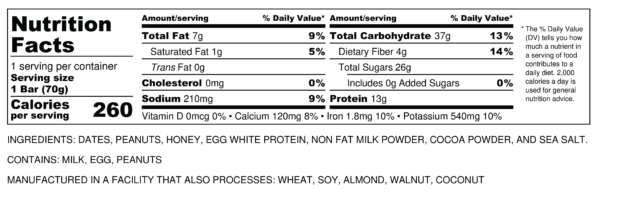
-
Dates
The first ingredient on the list, and therefore the ingredient that makes up most of RAW Nutrition’s Whole Food Protein Bar, is dates.
We’re super stoked about this because dates are highly nutritious in terms of micronutrient content, and nourishing when it comes to the effects of the phytochemicals and antioxidants they contain.
The first thing to note about dates is that they’re packed with minerals. A mere 100-gram serving of the fruit – about four whole dates, which is probably close to the actual number in each bar – contains 14% the daily recommended intake of magnesium, 20% of potassium, 18% of copper, and 15% of manganese.[1]
That’s a really high micronutrient-to-calorie ratio.
Arguably even more important than the mineral content is the fiber content. The same serving size, which clocks in at only 200 calories, nevertheless contains over 25% of the daily recommended fiber intake.[1]
You need an adequate amount of fiber intake to have a healthy gut flora population,[2] which is crucial for overall health since these symbiotic bacterial strains help you digest and assimilate the food you eat. They also competitively inhibit the growth of pathogenic or parasitic bacteria, the downstream effect of which is to help reduce your body’s burden of inflammation and endotoxin, among other things.
That’s just one example of the indirect benefits of getting enough fiber. Another one would be a lower risk of cardiovascular disease,[3] thanks to the anti-inflammatory effects of crowding out the bad bacteria.
Fiber from dates can also help slow down the rate at which your body digests whatever else you’ve eaten, which is a boon for overall metabolic health, helping keep blood glucose levels under control.[4] Thanks to their fiber content, dates themselves are considered a low-glycemic food.[5]
Note that we have 4 grams of dietary fiber per Raw Nutrition Whole Food Protein Bar. This means that if you’re following a 2,000-calorie diet and got all your calories from these bars, you’d get about 30 grams of fiber per day, which meets the Mayo Clinic’s minimum daily requirement for fiber in both men and women.[6] If you want to hit the recommended target of 38 grams per day for adult men, all you’d need to do is add a couple servings of high-fiber, low-calorie vegetables like carrots.
Dates are also very high in key antioxidant compounds like carotenoids,[7] flavonoids,[7] and phenolic acid.[8]
Phenolic acid is, again, very good for gastrointestinal health.[8]
We should always strive to take care of our gut because, as the ancient Greek physician Hippocrates himself noted, “All disease begins in the gut.”
The antioxidants found in dates are powerful, and have a documented ability to reduce the body’s levels of the inflammatory cytokine interleukin-6 (IL-6),[9] as well as potentially reducing the formation of amyloid plaques, which are thought to be the mechanism behind the onset of Alzheimer’s disease.[9]
In one animal study, dates were shown to actually improve learning and memory,[9] which is probably due to their anti-inflammatory and antioxidant effects on the brain.
The bottom line on dates?
From a nutritional perspective, there’s no better source of sweetener than whole dates.
Don’t be put off by the sugar content of RAW Nutrition Whole Food Bars – most of it comes from a source that’s simply the best available, with tons of health benefits and a high content of phytochemicals that can help minimize the negative effects of sugar intake.
-
Peanuts
Now that we’ve discussed the primary source of carbs in RAW Nutrition’s Whole Food Protein bar, let’s talk about the primary source of fat: peanuts.
The first thing to note about peanut fat is that it’s very high in the monounsaturated fatty acid (MUFA) oleic acid. In fact, oleic acid accounts for anywhere from 45–53% of all the fat in peanuts.[10]
So why is this a good thing? Although controversy rages about the health effects of saturated fats, and even some types of polyunsaturated fats, very few dietary philosophies regard MUFA with suspicion. And there’s very little evidence that MUFA harms the cardiovascular system or metabolic function.[11-13]
Oleic acid, in particular, is actually associated with tons of health benefits. At this point, modern scientific research has discovered that oleic can help fight cardiovascular, autoimmune, and metabolic diseases, as well as speed up wound healing, improve immunity, and possibly even help prevent cancer.[14]
Needless to say, we’re satisfied with oleic acid being the predominant fatty acid in RAW Nutrition’s Whole Food Protein Bar.
Besides the good fatty acid composition, whole peanuts are also an excellent source of many vitamins and minerals, some of which are notoriously tough to fit into your diet. Peanuts are a good source of thiamin, riboflavin, vitamin B6, pantothenic acid, magnesium, phosphorus, potassium, zinc, copper, biotin, and selenium. And they’re a phenomenal source of three key micronutrients that, again, are tough to get: niacin (94% DV per 1 cup serving), folate (90% DV), and manganese (145% DV!).[15]
It may surprise many readers to learn that peanuts are also really high in antioxidants like p-coumaric acid,[16] which can specifically help protect your body against hyperlipidemia,[17] a condition that most of us know as elevated blood cholesterol and triglycerides. This antioxidant can also improve liver function, and even protect the liver from toxin-induced injury.[18]
Resveratrol is a powerful polyphenol found in grapes (and peanuts) that supports cardiovascular health and even exerts some anti-aromatase activity.
Peanuts are also high in resveratrol,[19] an antioxidant that most readers have probably heard of because it’s famous for its ability to increase longevity by upregulating a sirtuin called SIRT-1.[20] Resveratrol also has significant anti-diabetic effects that are mediated, at least in part, by its anti-inflammatory activity.[21]
Finally, peanuts are high in fiber,[15] just like dates, which comes with all the benefits we discussed in the previous section.
The only thing we don’t like about peanuts is the high omega-6 polyunsaturated fatty acid content, but you’d have to eat a lot of peanuts, and a ton of RAW Nutrition Whole Food Protein Bars, for your omega-6 PUFA consumption to approach dangerous levels.
So, practically speaking, the PUFA here is not a concern for us. We’re very happy to see peanuts used as the fat base in these snack bars instead of (sadly) ubiquitous anti-metabolic seed oils.
Micronutrient highlight: potassium
Dates are an awesome source of potassium, and we end up getting quite a lot from one serving of Raw Nutrition’s Whole Food Protein Bar, too: 540 milligrams per bar, which is 10% of the daily recommended potassium intake.
Potassium is famed for its effects on cardiovascular health,[22] thanks to its ability to modulate the action of sodium. It’s generally accepted by researchers today that your potassium-to-sodium ratio is a major factor in blood pressure and cardiovascular disease risk. And the higher this ratio, the better.[23,24]
Although there’s plenty of research on potassium and disease risk, there’s a lot less on the subject of potassium’s effect on athletic performance. Just speaking anecdotally, many of the athletes we talk to report that high potassium intake gives them more energy and better athletic endurance.
This makes sense based on what we know about potassium’s mechanism of action, which is primarily to induce vasodilation, the expansion of blood vessels to allow for better circulation.[25-35]
Potassium can also improve calcium metabolism, which translates to an improvement in bone density, among other things.[36,37]
It’s all about the potassium sodium BALANCE. Too many supplements are too heavy on sodium without adding potassium.
The reason why we love seeing a potassium-rich fruit used as the carb source in Raw Nutrition’s Whole Food Protein Bar is that Americans are woefully deficient in potassium on average: Although the recommended daily intake is 4,700 milligrams per day,[38] Americans, on average, get only half that from their diet.[39]
Potassium-to-sodium ratio is on point in Raw Nutrition’s Whole Food Protein Bar
Generally speaking, Americans consume too much sodium and not enough potassium,[40] so we’re glad to see that there’s more than twice as much potassium here as there is sodium.
Just to quantify the effects we can expect from manipulating this ratio, one study found that reducing the sodium-to-potassium ratio from 3 to 1 caused a 3.36 mmHg reduction in blood pressure, which is pretty substantial.[41]
-
Honey
Next we have the second most abundant source of sugar in RAW Nutrition’s Whole Food Protein Bar: honey.
Honey often gets a bad rap these days because of the sugar content, but like dates, it contains a ton of healthful phytochemicals that more than make up for any negative effects from the sugar.
For instance, honey is incredibly rich in antioxidants, including phenolic acid,[42] which we discussed earlier in the dates section.
In fact, honey has even been shown to improve fasting blood glucose levels in type 2 diabetics,[43] partly because of the high antioxidant content, but also because the high proportion of fructose in honey means that it affects blood sugar a lot less than, say, a starchy carb might.
But the most intriguing thing about honey’s effect on glucose metabolism is that it raises blood levels of adiponectin, a hormone produced by adipose tissue (body fat) that increases insulin sensitivity, protects against atherosclerosis, partly by activating adenosine monophosphate-activated protein kinase (AMPK).[43]
Honey’s cardioprotective effects are well known,[44] and there are even studies in humans showing reductions in blood pressure associated with regular honey consumption.[45]
-
Egg White Protein
Now we get to the heart of RAW Nutrition’s Whole Food Protein Bar: egg white protein.
Although some of the protein in this bar comes from peanuts and milk powder, egg white protein accounts for most of it.
We love egg white protein because it has a very high rate of net protein utilization (NPU),[46] which is a measure of a dietary protein’s bioavailability. The higher the NPU of a protein, the more of it your body will actually absorb and use when you ingest it.
Egg white protein is also off the charts on protein efficiency ratio (PER), which is a way to measure how anabolic a protein is.[47] For those looking to add a ton of muscle, there’s practically no better option than egg white protein.
Finally, egg whites have relatively low phosphorus content compared to protein content,[48-50] which is awesome since excessive phosphorus intake can interfere with your body’s calcium metabolism.[51]
-
Non-Fat Milk Powder
Next up we have non-fat milk powder. Although most of the protein in RAW Nutrition’s Whole Food Protein Bar comes from egg white protein, the protein contribution from this skim milk powder is non-negligible, so let’s briefly touch on why we like milk protein so much.
Although it’s now common supplement-industry practice to use either the whey fraction or the casein fraction of milk as a protein source, research is pretty clear that the whole-milk fraction is superior to either whey or casein in isolation.
The basic reason for this is that whey and casein, being digested at different speeds, cause your body’s muscle protein synthesis rate to peak at different times after ingestion.[52] Whey protein is fast-acting, but casein is long-lasting. And taking both together – i.e., taking milk protein – is a win-win. Not only are you rapidly getting aminos into your blood to initiate recovery within the anabolic window, but you’re also sustaining that recovery over a longer period.
This is definitely one time where we do want a higher insulin spike – to drive those gains in after a hard workout – and the milk protein achieved it best![https://www.ncbi.nlm.nih.gov/pmc/articles/PMC4924180/]
Another example of these proteins’ ability to complement each other is the fact that whey triggers the production of insulin,[53] while casein triggers the secretion of insulin-like growth factor 1 (IGF-1).[53]Both insulin and IGF-1 are anabolic hormones that have been shown in animal studies to have synergistic effects,[54] so it’s safe to assume that we’re better off upregulating both than either one alone. The other great thing about milk powder is the high calcium content, and we have quite a bit of it in Raw Nutrition’s Whole Food Protein Bar (8% DV).Although calcium is pigeonholed as a bone health panacea, which actually makes a certain degree of sense considering the importance of calcium for bone structure, there’s actually a lot more to calcium than that.
As an electrolyte mineral, calcium is crucial for governing heart beat, conducting nerve transmission, regulating blood pressure, promoting cellular water balance, facilitating cellular division, promoting immune function, metabolizing glucose and fatty acids for energy, and transporting nutrients into cells.[55]
Calcium is also important for keeping your body’s production of parathyroid hormone (PTH) under control. Excessive PTH levels stemming from calcium deficiency can not only upregulate inflammatory cytokines like interleukin-6 (IL-6), but also, paradoxically, increases calcium blood levels by causing the mineral to leach from bones, putting soft tissues at risk of calcification.[56]
To ensure that the calcium we consume goes where we want it to go, it’s important to get enough vitamin K2. This can help prevent soft-tissue calcification[57] – cutting calcium intake, on the other hand, can counterintuitively have the opposite effect.[56]
-
Cocoa Powder
The alkaloids, catechins, and polyphenols in cocoa have earned it an awesome reputation as an ingredient that can decrease appetite, improve cellular metabolism, upregulate thermogenesis, and even boost mood.[58,59]
The primary bioactive constituent in cocoa is arguably theobromine, a methylxanthine alkaloid similar in its effects to caffeine. Theobromine inhibits the action of adenosine, thus promoting wakefulness and fighting fatigue.[58] It also inhibits an enzyme called phosphodiesterase,[58] which upregulates cyclic adenosine monophosphate (cAMP), a messenger molecule that increases the body’s production of cellular energy from glucose and fatty acids alike.[60,61]
The anti-inflammatory and antioxidant effects of cocoa are responsible for its cardioprotective properties.[58,59]
-
Sea Salt
Finally, we have sea salt, a great source of sodium.
There’s a fair amount of sodium in RAW Nutrition’s Whole Food Protein Bar. And although sodium has gotten a lot of bad press in the last century for its putative connection to cardiovascular disease (CVD), we think this reputation is not entirely deserved.
This paper’s title is so spectacular that it deserves its own call-out.[62] So what gives? We simultaneously believe that sodium recommendations can go higher, but potassium does need to be supplemented in modern dieters as well.
For one thing, some compelling and recent research has found that consuming less than 3,000 milligrams of sodium per day is actually linked to an increased risk of CVD.[63,64]Again, if you ate a 2,000 calorie diet that consisted of nothing but RAW Nutrition’s Whole Food Protein Bars, you’d end up consuming a little over 1,600 milligrams of sodium daily, which is not only below the target identified in the research we cited, but is also below the current recommended maximum sodium intake of 2,300 milligrams per day. But also, if you’re physically active – as most of our readers are – you lose a lot of sodium when you sweat, which needs to be replenished. Finally, the ratio of sodium to potassium seems to matter more than the total amount of sodium, and we have twice as much potassium in RAW Nutrition’s Whole Food Protein Bar as sodium. So, don’t sweat the salt.
Conclusion
To say we’re excited about RAW Nutrition’s Whole Food Protein Bar would be an understatement. In our opinion, they’re simply the best nutrition bar we’ve seen in quite a while, if not ever.
This whole-foods approach to designing a protein bar is always the way to go. The closest thing we have to a “refined food” in this formula is egg whites, which, technically, have been separated from the yolk.
That’s saying quite a lot because nobody really has a problem with egg whites.
The PricePlow writing staff agrees, the nutritional credentials of this bar are impeccable, and on top of that, it tastes amazing. We’d slam these bars every day and not think twice about it.
RAW Nutrition has really hit a home run with this one.
RAW Nutrition RAW Whole Food Bar – Deals and Price Drop Alerts
Get Price Alerts
No spam, no scams.
Disclosure: PricePlow relies on pricing from stores with which we have a business relationship. We work hard to keep pricing current, but you may find a better offer.
Posts are sponsored in part by the retailers and/or brands listed on this page.
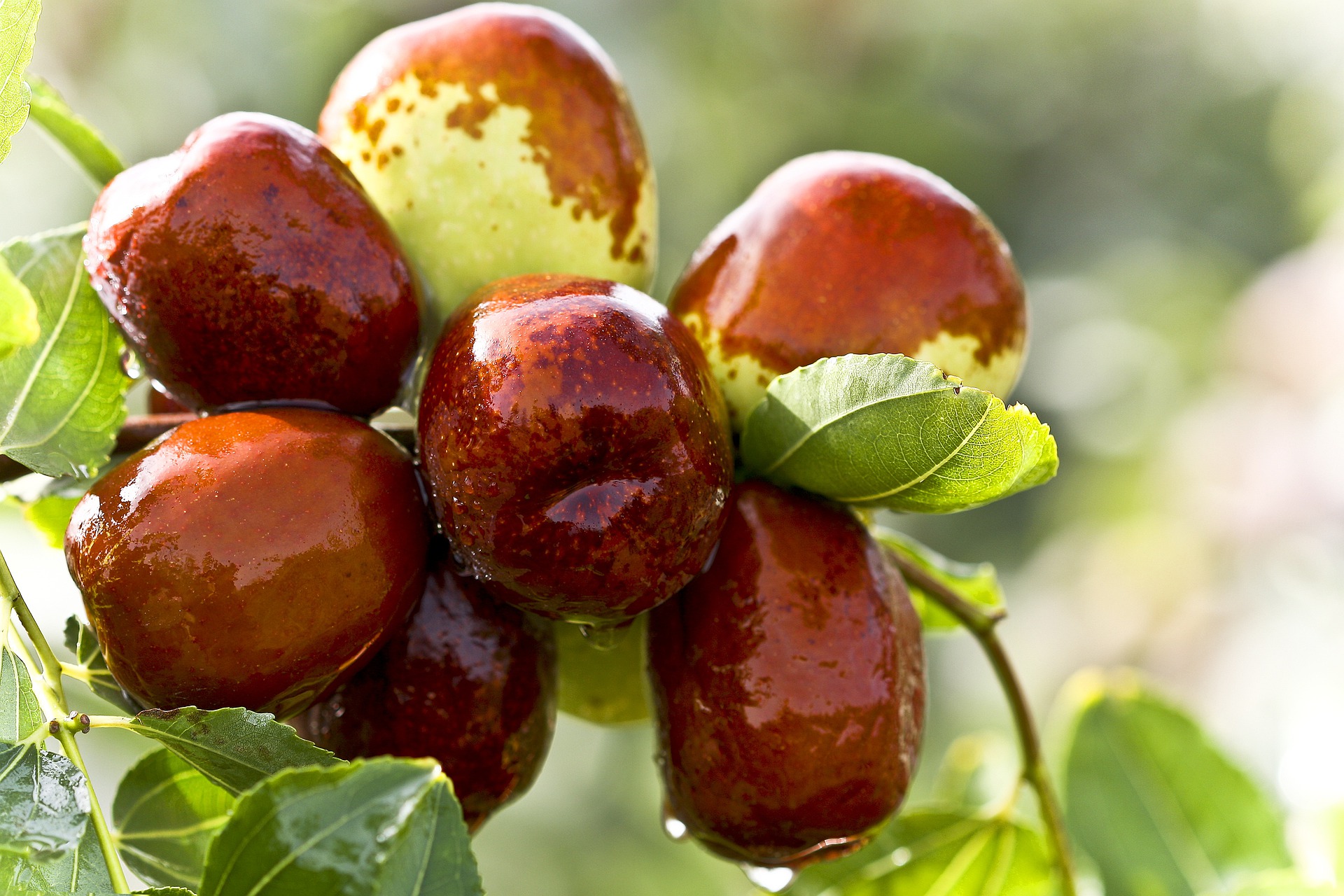
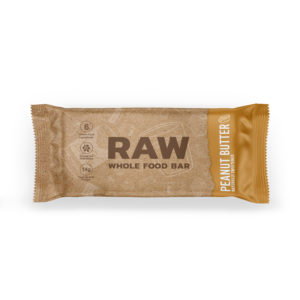
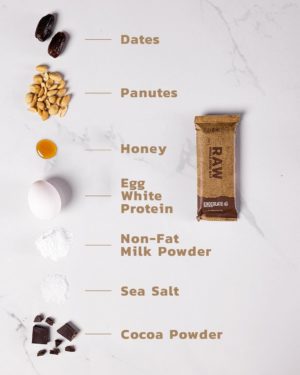
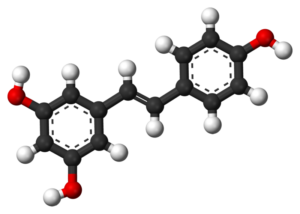
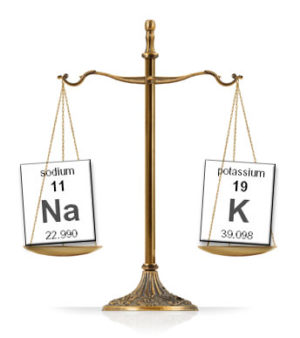
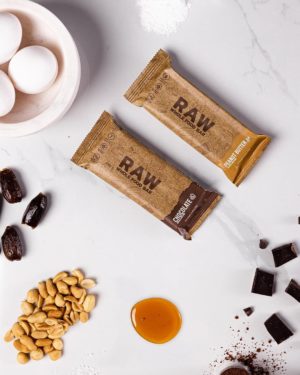
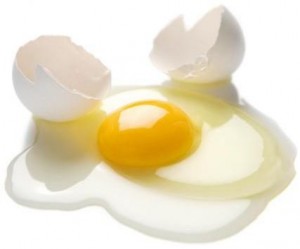
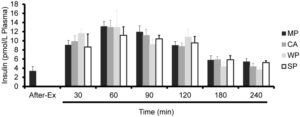
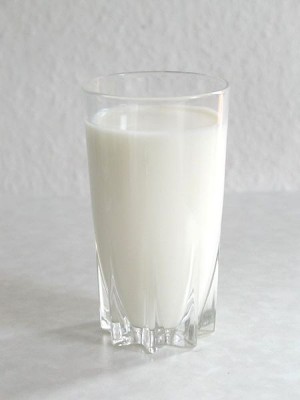
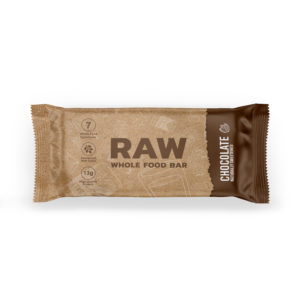
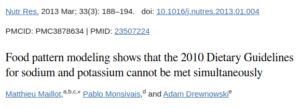
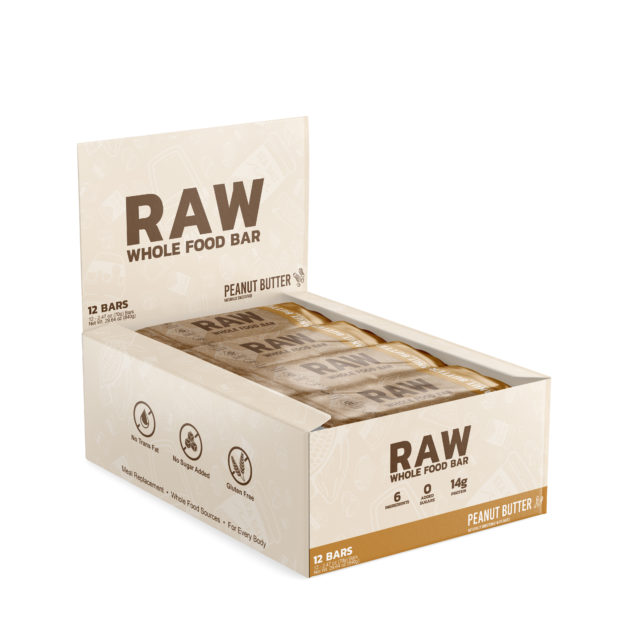


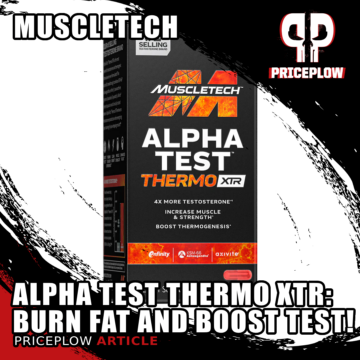
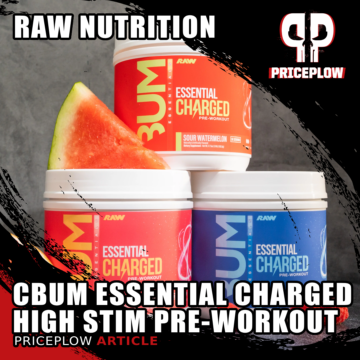
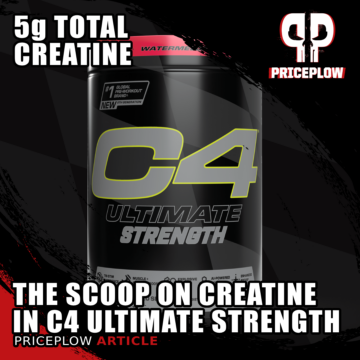
Comments and Discussion (Powered by the PricePlow Forum)